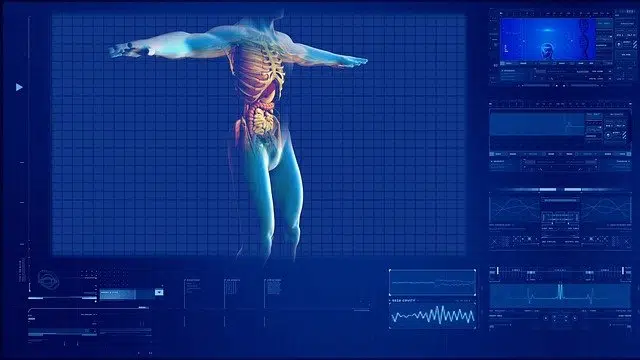
Biophysics examines biological phenomena according to the principles of physics.
The French word biophysique derived, in our language, into the term biophysics . The concept is used to name the analysis of biological phenomena through the precepts of physics .
Biophysics is usually considered a specialty of physics that generates knowledge of interest to biology . In any case, it can also be noted that biophysics is a branch of biology that provides evidence for physics.
Another way of defining biophysics is as the discipline that consists of the application of the methods and theories of physics in the field of biology . In this way it is possible to increase knowledge of biological systems.
Role of biophysics
What biophysics does, in short, is create a link between biology (a science that studies living beings in all their complexity) and physics (a specialty focused on the laws that regulate the behavior of nature). Biophysics is responsible for bridging the distance between the complexity of living organisms and the simplicity of physical laws. To achieve this, he dedicates himself to searching for patterns in living beings and then analyzes them with the tools of physics.
Since life is the result of numerous physical-chemical processes, biophysics is responsible for studying the actors that participate in these processes, such as proteins and other molecules.

Biomechanics is one of the study areas of biophysics.
Study areas
Different areas can be recognized in biophysics:
* biomechanics : focuses on the study of phenomena, laws and models that are relevant to the movement of living beings (which includes static, dynamics and kinematics) and the structural response of various parts of the body;
* bioacoustics : generally, this involves the investigation of the way in which sound is generated, as well as the way in which it is dispersed through a medium and in which animals perceive it;
* molecular motors : interested in the way in which RNA and proteins, among other macromolecules, carry out mechanical work as the basis of their operation;
* protein dynamics : analyzes the molecular movements of proteins that are related to their function, their folding or their structure ;
*molecular communication : the act of transmitting and receiving information through molecules.
The National School of Molecular Biophysics
An event that takes place every year since 2000 in the Mexican state of Sonora , in the Physics department of its university, and lasts for a week, is known as the National School of Molecular Biophysics . The purpose of this event is for many specialists in the field to meet to offer various seminars that serve to increase dissemination .
Among the people who attend this biophysics convention are researchers, teachers and students from various areas, such as chemistry, biology and physics, who belong to many universities in the country as well as abroad. The school is divided into four short courses complemented by several lectures of a research nature. Generally, the organization has enough budget to provide accommodation and food to some of the students, for which it is necessary to make the pertinent request.
The history of this event goes back to the beginning of this century, and at first it was called the Summer School of Molecular Biophysics . The decision to change the name was based on the national character of the school ; In any case, it is common to refer to it simply as the School of Biophysics . It is important to highlight that its objective is to benefit students of all levels, so no one should be left out if they are truly passionate about the subject.
